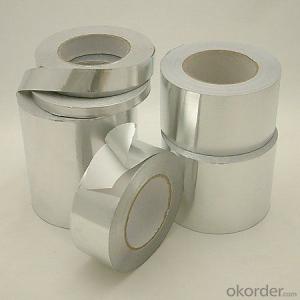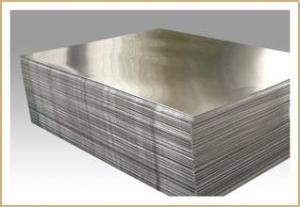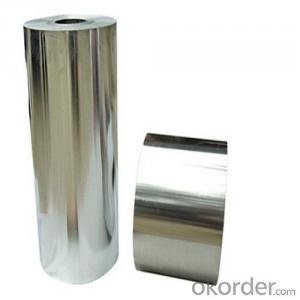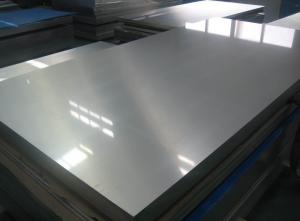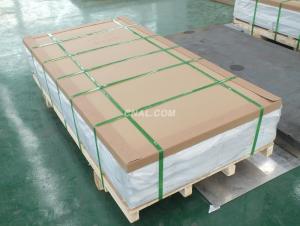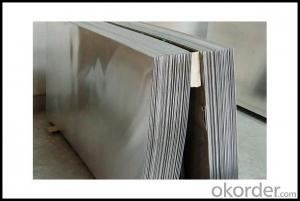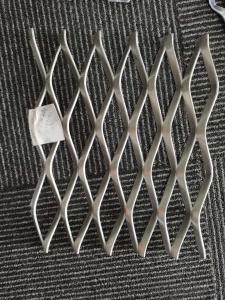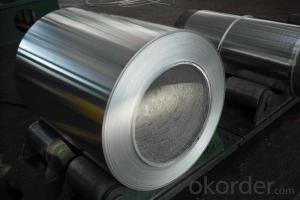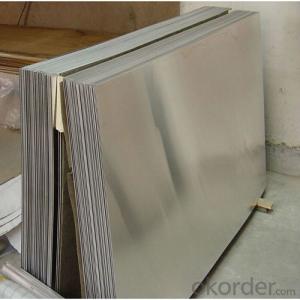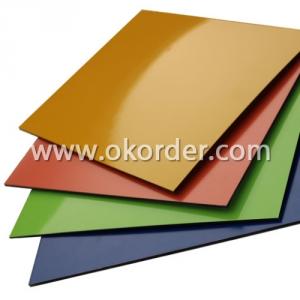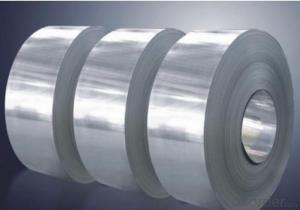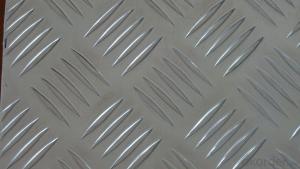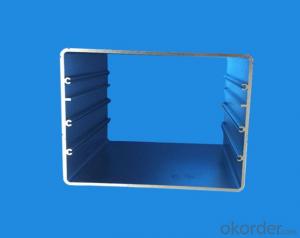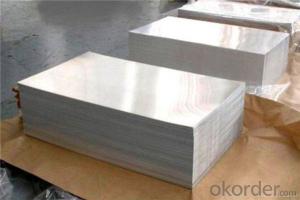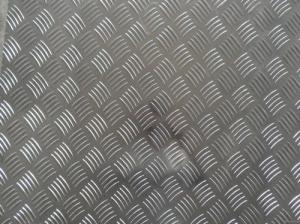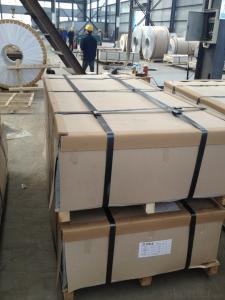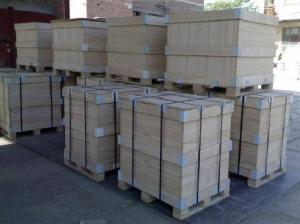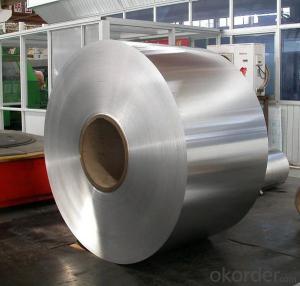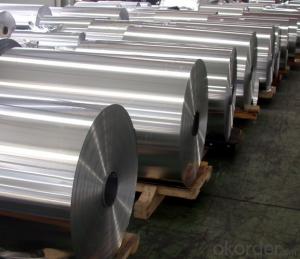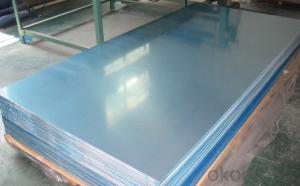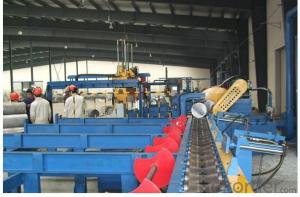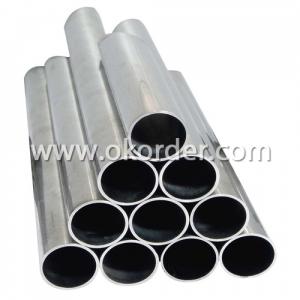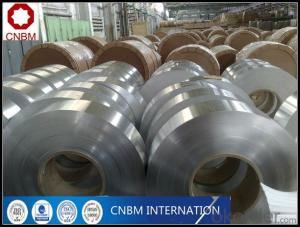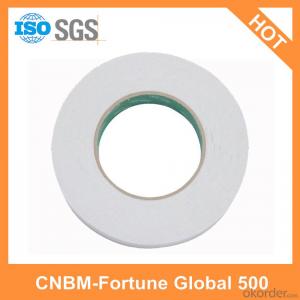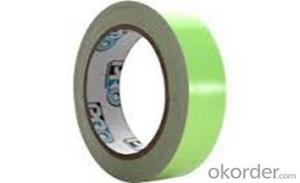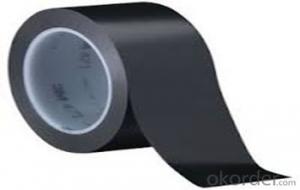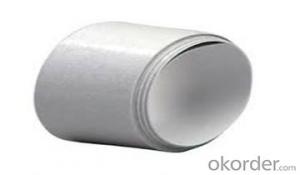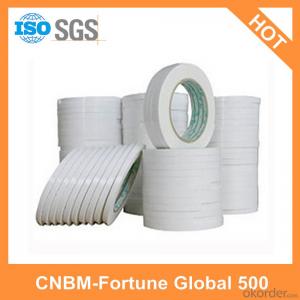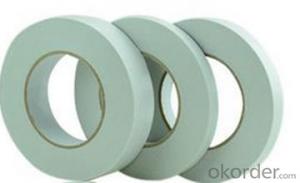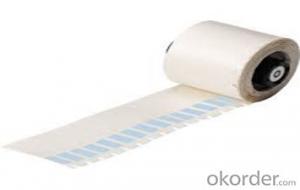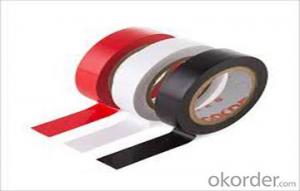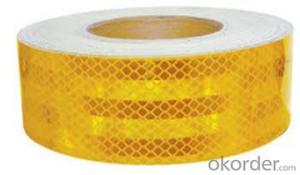3/8 Inch Aluminum Plate
3/8 Inch Aluminum Plate Related Searches
3/8 Aluminum Plate 3/8 Thick Aluminum Plate Aluminum Plate 3/8 Thick 3/8 In Aluminum Plate 3 8 Inch Aluminum Plate 3/8 Aluminum Plate 4x8 3/8 Aluminum Diamond Plate 3 8 Aluminum Plate 3 8 Inch Thick Aluminum Plate 1/8 Inch Aluminum Plate 3 8 Thick Aluminum Plate 3/16 Aluminum Plate 4x8 1 8 Inch Aluminum Plate 3/16 Inch Aluminum Plate 8 Inch Aluminum Plate Weight Of 3/8 Aluminum Plate 3/8 Aluminum Plate Weight 1/8 Aluminum Plate Aluminum 1/8 Plate 3 8 In Aluminum Plate 1/8 Inch Thick Aluminum Plate 5/8 Aluminum Plate 1/8 Thick Aluminum Plate Aluminum Plate 1/8 3mm Aluminum Plate 3/16 Aluminum Plate 1 8 Aluminum Plate 3 8 Aluminum Diamond Plate 4x8 Aluminum Diamond Plate 3/16 3 8 Diamond Plate Aluminum3/8 Inch Aluminum Plate Supplier & Manufacturer from China
3/8 Inch Aluminum Plate is a versatile metal product that comes in various grades and alloys, offering a range of mechanical properties and corrosion resistance suitable for a multitude of applications. This product is widely recognized for its strength, durability, and lightweight characteristics, making it an ideal choice for numerous industries and projects. In terms of applications, the 3/8 Inch Aluminum Plate is commonly utilized in construction, automotive, aerospace, and manufacturing sectors, where its ability to withstand high stress and maintain structural integrity is highly valued. It is also favored for its excellent thermal and electrical conductivity, as well as its resistance to corrosion, which makes it perfect for applications where these properties are critical.Okorder.com is a leading wholesale supplier of 3/8 Inch Aluminum Plate, boasting a substantial inventory that caters to the diverse needs of customers across different industries. With a commitment to providing high-quality products at competitive prices, Okorder.com ensures that clients receive the best value for their investment. The company's extensive stock of 3/8 Inch Aluminum Plate allows for quick turnaround times and efficient delivery, making it a reliable choice for businesses in need of this versatile metal product.
Hot Products
